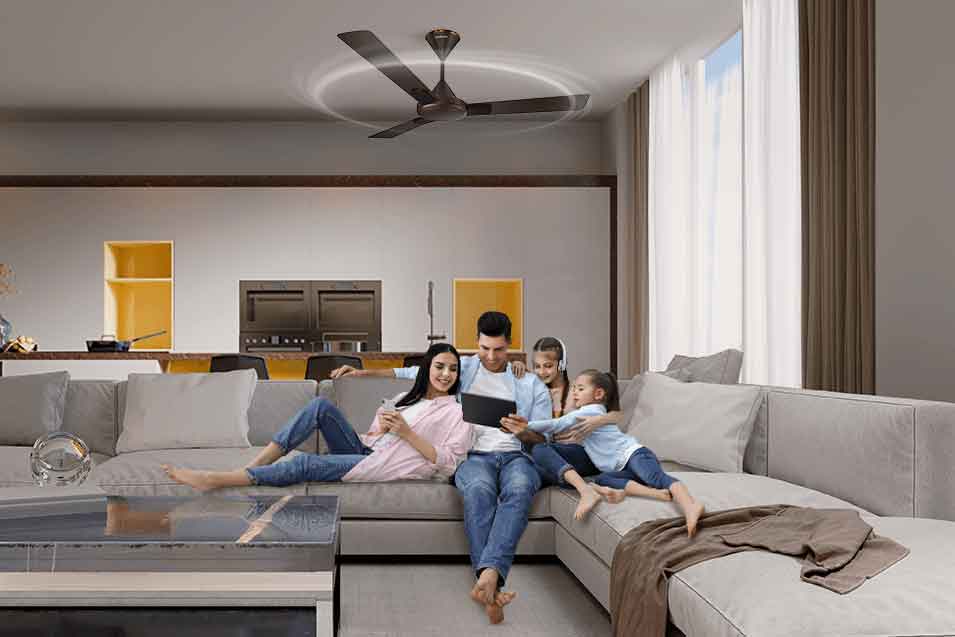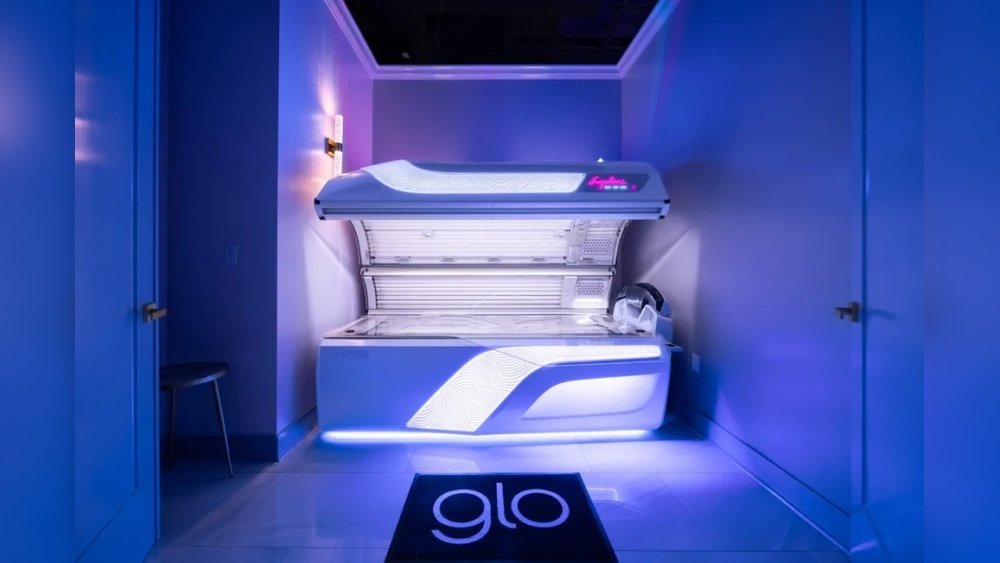Struggling to keep your room cool without the help of air conditioning? Like many of us ,you’re not alone. Yes, here I’ll show you some effective method that are proven to cool your room!
Many people face the challenge of staying comfortable during those hot summer months without cranking up the AC. The good news is that you can beat the heat with simple and effective strategies. Imagine transforming your living space into a cool oasis without the hefty energy bills or environmental impact.
Intrigued? By the end of this article, you’ll discover practical tips and tricks that can make all the difference. Get ready to uncover secrets to a cooler, more refreshing home environment that you can start using today.
Natural Ventilation
Natural ventilation is a cost-effective way to cool a room. It uses natural airflows to maintain a comfortable temperature. This method is eco-friendly and simple. It requires no electricity, making it budget-friendly.
Cross-breeze Techniques
Creating a cross-breeze is an effective method. Place fans strategically near windows. This helps direct airflow across the room. Position fans to push hot air out. Cooler air then flows in, reducing room temperature.
Open windows on opposite sides of the room. This encourages air movement. Cross-breezes refresh and cool the space. They provide continuous air circulation.
Window Management
Managing windows wisely improves ventilation. Open windows early in the morning. Close them during peak heat hours. This traps cool air inside. Use shades or curtains to block sunlight.
Windows should be opened during cooler times. Evening hours are ideal for this. Let the cool night air in. Close windows before morning heat rises. This keeps the room cooler longer.
Harnessing Shade
When the summer heat rises, keeping your room cool feels challenging. Air conditioning isn’t always an option. Fortunately, harnessing shade can provide natural relief. Strategic use of shade reduces indoor temperatures significantly. It offers a cost-effective and eco-friendly solution to heat. Explore the methods below to make your space cooler without the AC.
Curtain And Blind Strategies
Use thick curtains to block sunlight. Darker colors absorb more heat. Opt for light colors instead. Reflective blinds can also help. They bounce sunlight back outside. Close blinds during peak sun hours. This reduces indoor heat build-up. Consider thermal curtains for extra insulation. They keep warm air out effectively.
Outdoor Shading Options
Position trees or shrubs strategically. They provide natural shade. Use pergolas or awnings over windows. These structures block direct sunlight. Outdoor umbrellas work well for patios. They add shade without permanent fixtures. Install trellises for climbing plants. Vines can create a cooling effect. Consider shade sails for flexibility. They are easy to install and adjust.
Cooling With Fans
Fans offer a simple way to cool a room. They move air around, creating a breeze. This breeze can make you feel cooler. Fans are energy-efficient and cost-effective. They are easy to use and maintain. Below, explore tips to make the most of your fans.
Ceiling Fan Optimization
Ceiling fans are great for cooling. Set the fan blades to spin counterclockwise. This pushes air down, creating a breeze. Use a moderate speed for the best results. Keep the fan clean. Dust on blades can slow it down. Use a damp cloth to wipe them weekly.
Diy Fan Hacks
Use a bowl of ice in front of a fan. The fan blows cool air across the room. Place the fan near a window at night. It draws in cool air from outside. This can lower the room’s temperature quickly. Try a homemade air cooler. Fill a plastic bottle with water and freeze it. Put it in front of a fan. The air feels cooler as it passes over the ice.
Heat-reducing Materials
Keeping your home cool without air conditioning can seem tough. Heat-reducing materials can help. These materials can make a big difference in room temperature. They are simple and effective ways to reduce heat. Using them can save energy and money.
Reflective Window Films
Reflective window films are thin layers applied to glass. They reflect sunlight away from your home. This helps keep rooms cooler during the day. These films also reduce glare and protect furniture from fading. They are easy to install and can be cut to fit any window size.
Insulating Curtains
Insulating curtains are thick, multi-layered drapes. They block sunlight and reduce heat transfer. These curtains keep rooms cooler in summer and warmer in winter. They come in various colors and designs to match your decor. Using insulating curtains can also lower energy costs.
Indoor Plants For Cooling
Indoor plants not only beautify your living space but also aid in cooling. They absorb heat and release moisture, creating a soothing environment. Incorporating these green allies can enhance air quality and lower temperatures naturally.
Best Plants For Air Cooling
Spider plants are popular for their cooling effects. Their long leaves help release moisture. Snake plants purify air and thrive in low light. Peace lilies are excellent for reducing humidity. Aloe vera is great for cooling and purifying air. Each of these plants serves a unique cooling purpose.
Placement And Care Tips
Place plants near windows to maximize sunlight and cooling effects. Ensure they get enough indirect light for healthy growth. Water them regularly but avoid over-watering. Keep an eye on leaves for signs of distress. Rotate plants occasionally for balanced growth. Regularly clean leaves to enhance their cooling ability.
Minimizing Heat Sources
Keeping a room cool without air conditioning requires thoughtful strategies. Minimizing heat sources is essential. This approach reduces the heat generated inside the room. Discover effective ways to manage appliances and lighting. These adjustments can significantly lower indoor temperatures.
Appliance Management
Appliances can be surprising heat contributors. Turn off electronics when not in use. Computers, TVs, and gaming consoles generate heat. Unplug chargers to eliminate unnecessary heat. Use microwaves instead of ovens for cooking. Ovens produce significant heat. Choose energy-efficient appliances. They emit less heat during operation.
Lighting Choices
Lighting impacts room temperature. Replace incandescent bulbs with LED lights. LED lights produce minimal heat. Use natural light during the day. Open curtains and blinds for sunlight. This reduces reliance on artificial lights. Choose light-colored lamp shades. They reflect heat away from the room. Dim lights whenever possible. Lower light intensity decreases heat output.
Cooling With Water
Cooling a room without air conditioning is possible using water. Water helps lower temperatures naturally. It absorbs heat effectively, providing relief from hot days.
This method is eco-friendly and cost-effective. Let’s explore how water can transform your living space into a cool oasis.
Evaporative Cooling Techniques
Evaporative cooling uses water evaporation to cool the air. A damp cloth on a fan helps lower room temperature. The fan blows air over the cloth, spreading cooler air.
Position the fan near an open window. This ensures fresh air circulation. Another method is placing bowls of cold water around the room. As water evaporates, it cools the surrounding area.
For effective cooling, use shallow bowls. They evaporate water faster, enhancing cooling. Consider adding ice cubes for extra coolness.
Diy Cool Mist Solutions
Create a cool mist using a spray bottle. Fill it with cold water and spray around the room. Focus on areas with high sunlight exposure.
Spraying plants can also help. Plants release moisture, cooling the air naturally. Use a fan to spread the mist for wider coverage.
Another DIY solution involves hanging wet sheets. Hang them near windows or doors. As air passes through, it cools down significantly.
For best results, use thin fabric. It dries faster, promoting continuous evaporation. This simple trick can make a noticeable difference.

Credit: www.prwe.com
Nighttime Cooling Strategies
Cooling your room at night without air conditioning can be a challenge. But, with the right strategies, it is achievable. Nighttime cooling techniques can create a comfortable sleeping environment. They help reduce the temperature naturally, saving energy and money. Implementing these strategies can enhance your sleep quality. Below, explore effective methods for nighttime cooling.
Night Ventilation Tips
Open windows as soon as the sun sets. This allows cooler air to enter. Use fans to circulate the fresh air around the room. Position fans near windows for maximum airflow. Cross ventilation is key. Open windows on opposite sides of the room. This creates a breeze that helps reduce heat. Block direct sunlight during the day to keep heat out. Close curtains or blinds to minimize heat buildup. These simple changes can make a big difference.
Temperature Control During Sleep
Use breathable bedding materials. Cotton sheets allow for better airflow. Avoid heavy blankets and opt for light covers. Consider cooling pillows and mattress toppers. These products help regulate body temperature. Wear lightweight pajamas for a cooler sleep experience. Sleep with minimal clothing to stay comfortable. Adjust your sleeping position to maximize airflow. Keeping limbs uncrossed helps with heat dissipation. Experiment with these tips to find what works best for you.
Smart Use Of Technology
Smart use of technology offers a fresh way to cool your room. It provides efficient and cost-effective solutions. This approach uses modern devices to manage room temperature. You can enjoy a cool environment without relying on air conditioning. Let’s explore how technology helps in cooling your space.
Smart Thermostat Benefits
Smart thermostats adjust your home’s temperature automatically. They learn your preferences over time. You save energy while keeping your room cool. Many models let you control them with a smartphone. This means you can change settings without being home. Some thermostats provide energy usage reports. This helps you find ways to save more.
Energy-efficient Cooling Gadgets
Energy-efficient cooling gadgets offer a great alternative to AC. Portable fans with misting functions cool the air quickly. They use less energy and are easy to move around. Window fans are another option. They draw in cooler air from outside. Some advanced fans have timers and remote controls. These features let you manage cooling effectively.

Credit: www.goldmedalindia.com

Credit: www.youtube.com
Frequently Asked Questions
How Can I Cool A Room Naturally?
To cool a room naturally, use light-colored curtains to reflect sunlight. Open windows at night for cross-ventilation. Place a bowl of ice in front of a fan for a cooling breeze. Add indoor plants to reduce temperatures through transpiration. These simple steps can significantly lower the room temperature without air conditioning.
What Are The Best Fans For Cooling A Room?
Tower fans, ceiling fans, and oscillating fans are excellent for cooling a room. Tower fans are space-saving and powerful. Ceiling fans distribute air evenly, while oscillating fans provide targeted airflow. Choose a fan based on room size and placement options for optimal cooling without air conditioning.
Does Using Blackout Curtains Help Cool A Room?
Yes, blackout curtains are effective in keeping a room cool. They block sunlight, reducing heat gain during the day. By minimizing solar radiation, they maintain a cooler indoor temperature. This simple solution can significantly enhance comfort levels, especially during hot summer months, without relying on air conditioning.
Can Indoor Plants Help Cool A Room?
Yes, indoor plants can help cool a room. They release moisture through transpiration, which cools the air. Plants like peace lilies, snake plants, and pothos are particularly effective. Adding greenery not only enhances aesthetics but also contributes to a cooler, more pleasant indoor environment naturally.
Conclusion
Keeping your room cool without air conditioning is possible. Use fans and open windows for airflow. Close curtains to block sunlight. Plant trees for natural shade. Try using light-colored furnishings. These tricks lower temperature effectively. Stay cool without high electricity bills.
Simple changes can make a big difference. Experiment with these strategies to find what works best. Enjoy a comfortable room all summer. Stay relaxed and refreshed.



